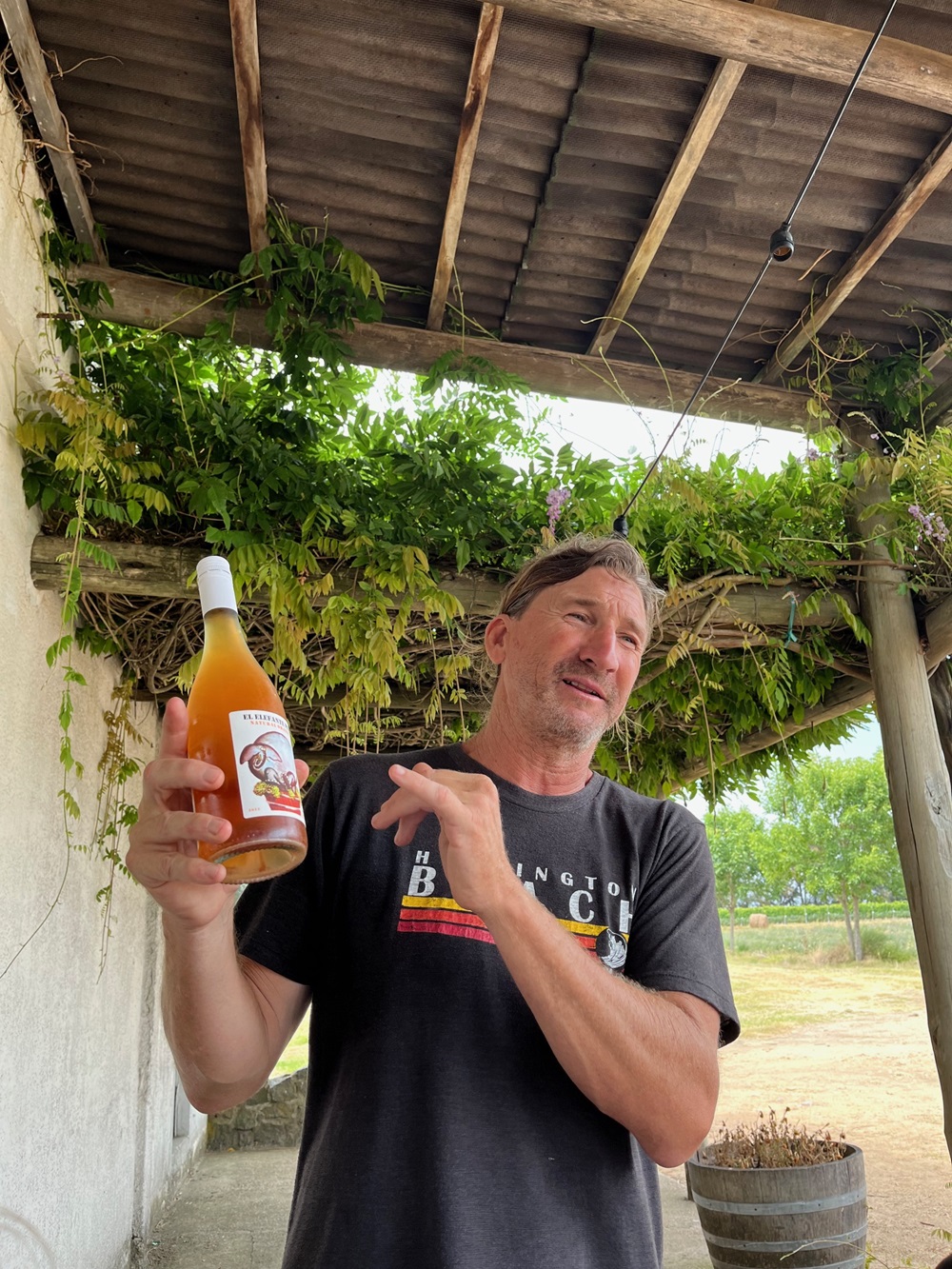VISITING ARGENTINA
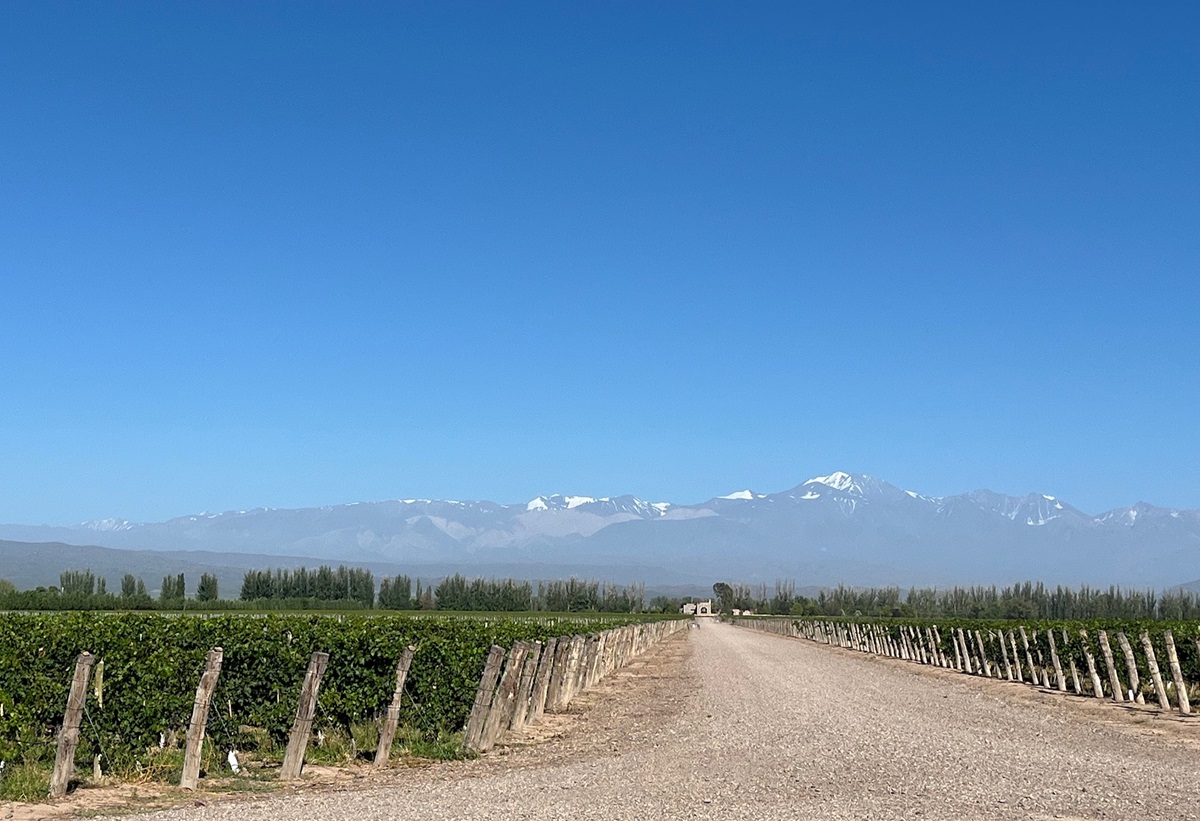
By Rose Murray Brown MW Published in The Scotsman 9 March 2024
I have two glasses of Malbec in my hands from the same high-altitude vineyard in Uco valley in Argentina.
I am in the Catena Institute of Wine in Mendoza with winemaker Agustin Silva. He has asked me to taste the two wines, both from the 1500m high cool-climate Adrianna vineyard, from vines planted just a few feet apart.
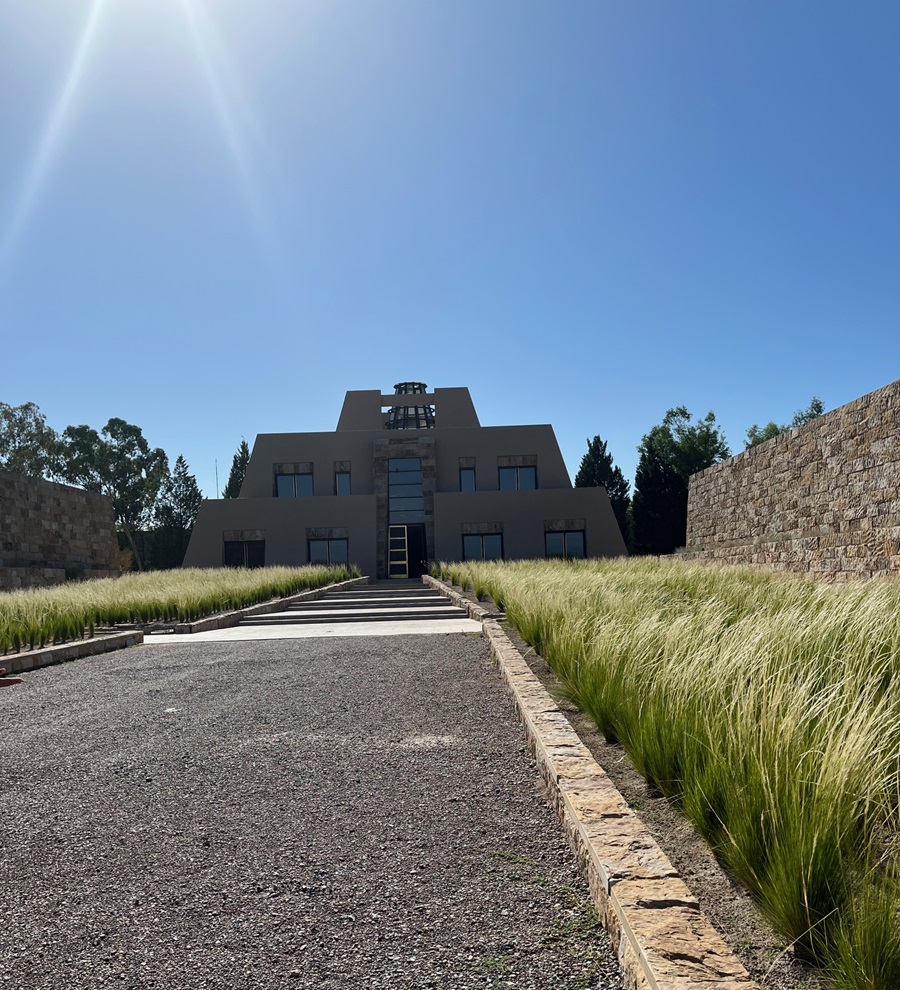
The difference is extraordinary. The first wine, which I learn later is from deeper soils and higher yields, has simple plum fruits and moderate depth – and the second wine, from lower yielding vines on calcareous soils, is beautifully balanced with soft tannins and a long complex finish.
“I kept being told that Malbec from Mendoza always tasted the same”, explained Laura Catena, who set up the Institute in 1995. “I realised that to prove otherwise and to assist us through the future challenges of climate change, we needed a far better understanding of Malbec with scientific research and to show the diversity of our soils”.
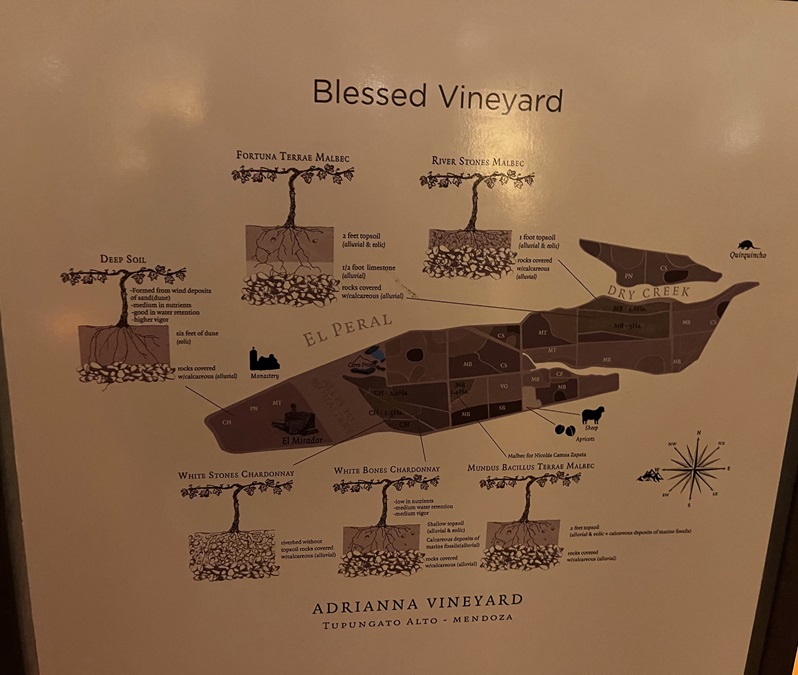

The story of how this little-known grape from south-west France was first planted in Argentina in 1852 and how it has emerged into a dynamic force in the foothills of the Andes is well known. However, in my mind, up until recently Malbec did little more than just churn out quantities of remarkably easy drinking plummy reds many of which lacked depth and complexity.
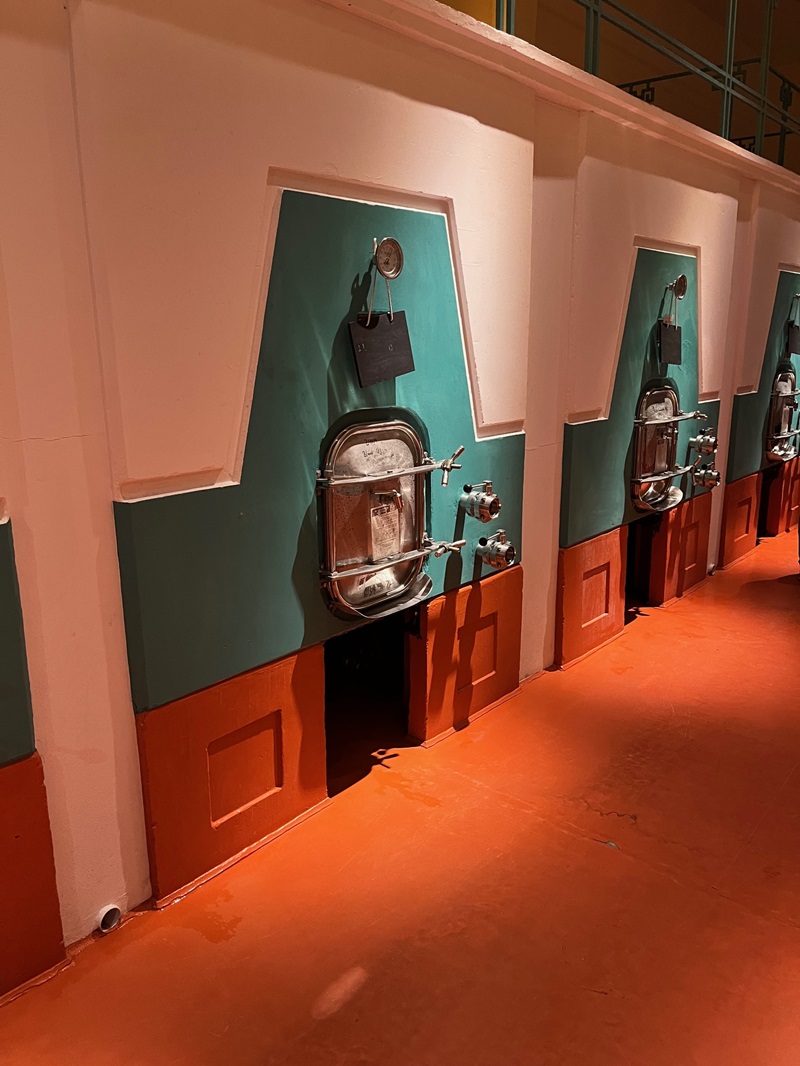
Today, this serious research carried out over the last 30 years is starting to bear fruit. They have identified 40 different Malbec clones, dug hundreds of soil pits, developed their understanding of the microorganisms in the soils – and importantly the effects of UV light and altitude on Malbec. These studies by top Mendoza producers has propelled the quality of Malbec into the stratospheric – and the results are staggeringly impressive.
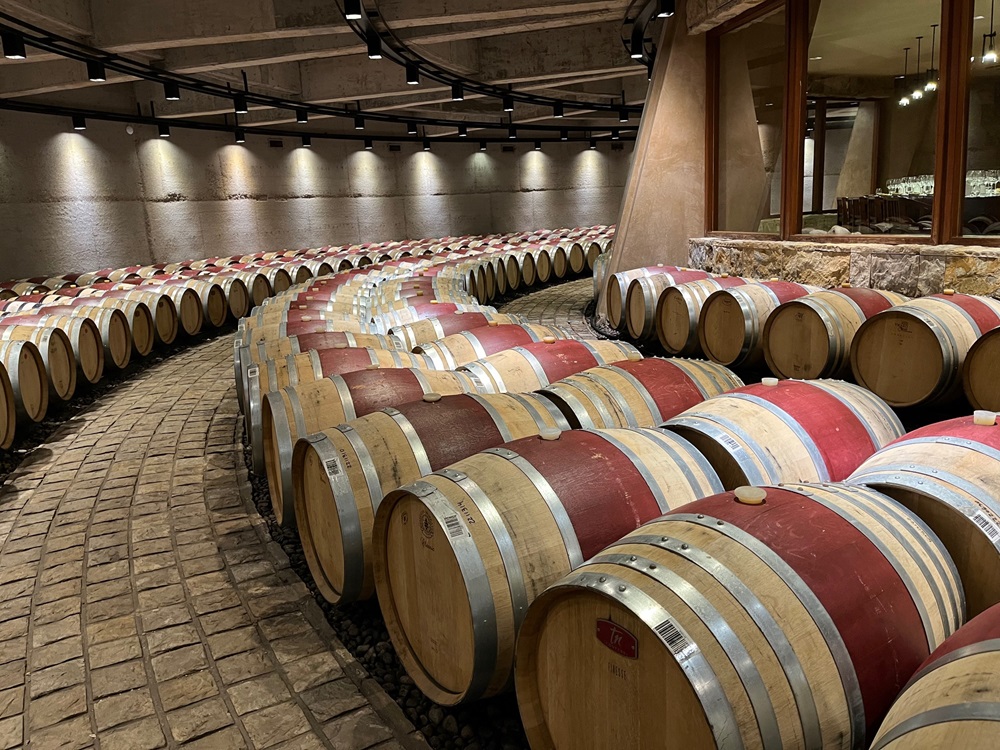
Top level Malbec is now competing with the finest wines of the world – although unfortunately their prices have esculated too. Catena may have one of the best winemakers in the business, Alejandro Vigil, but they are not the only ones to make superb Malbec.
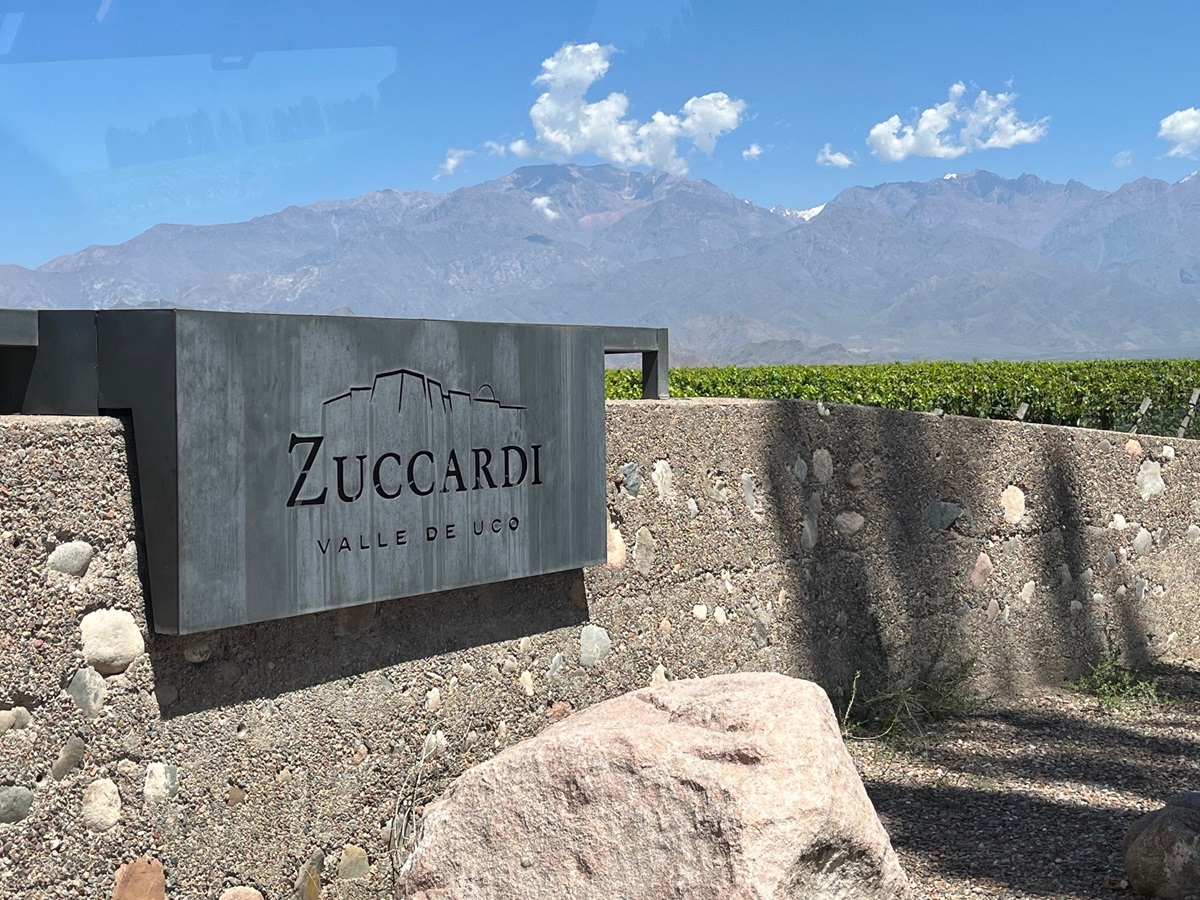
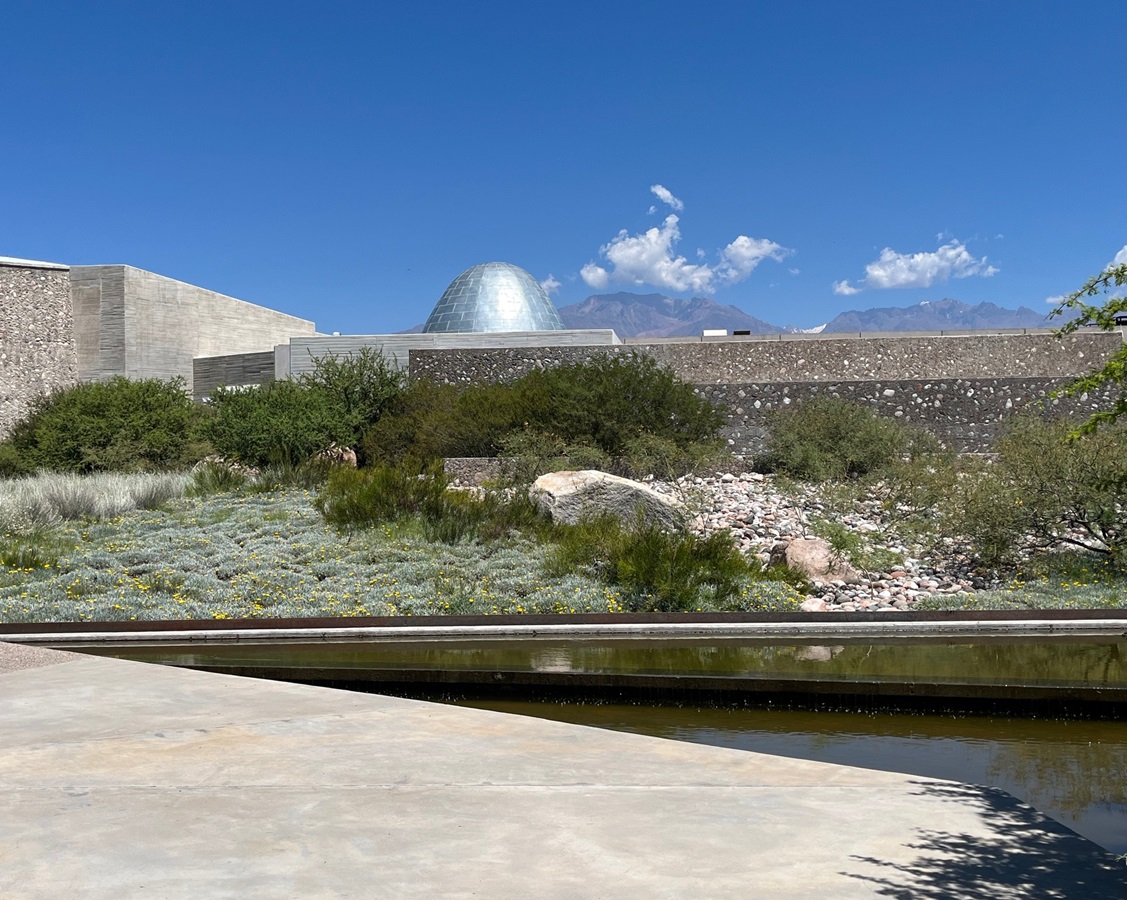
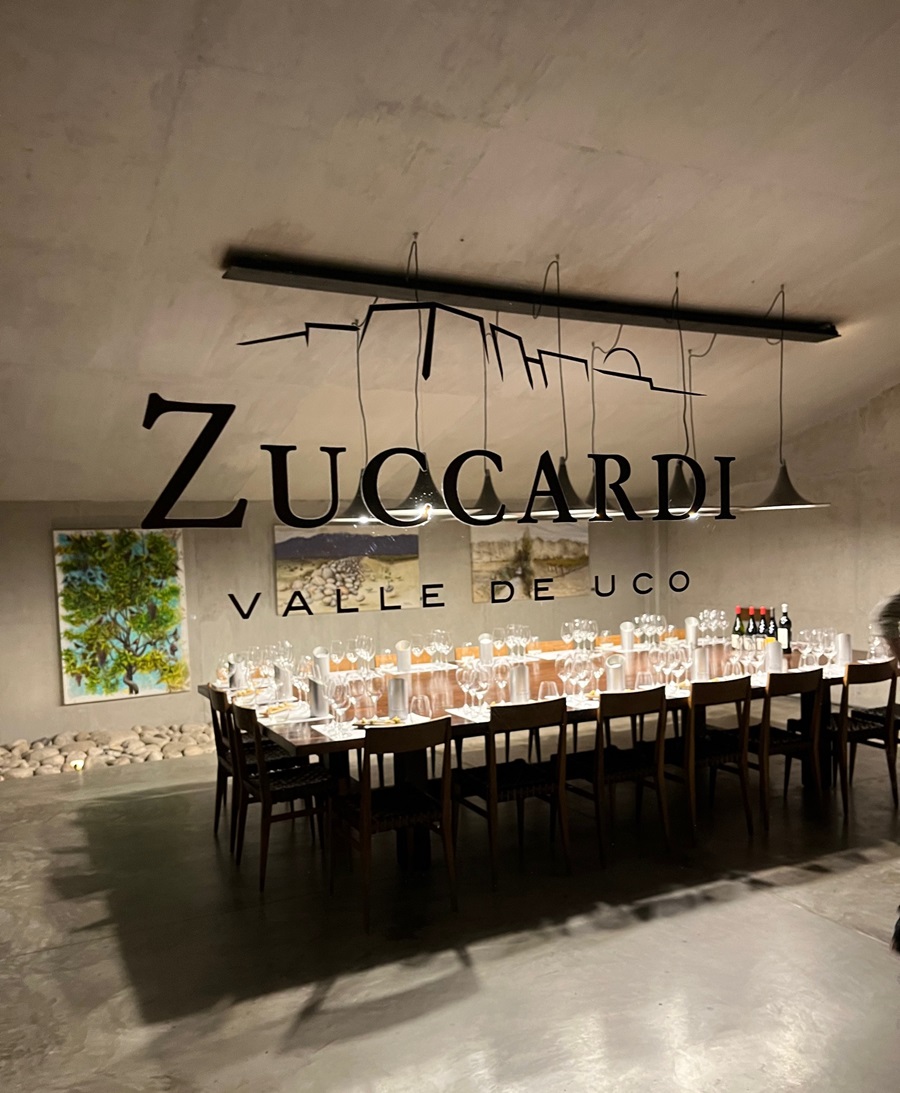
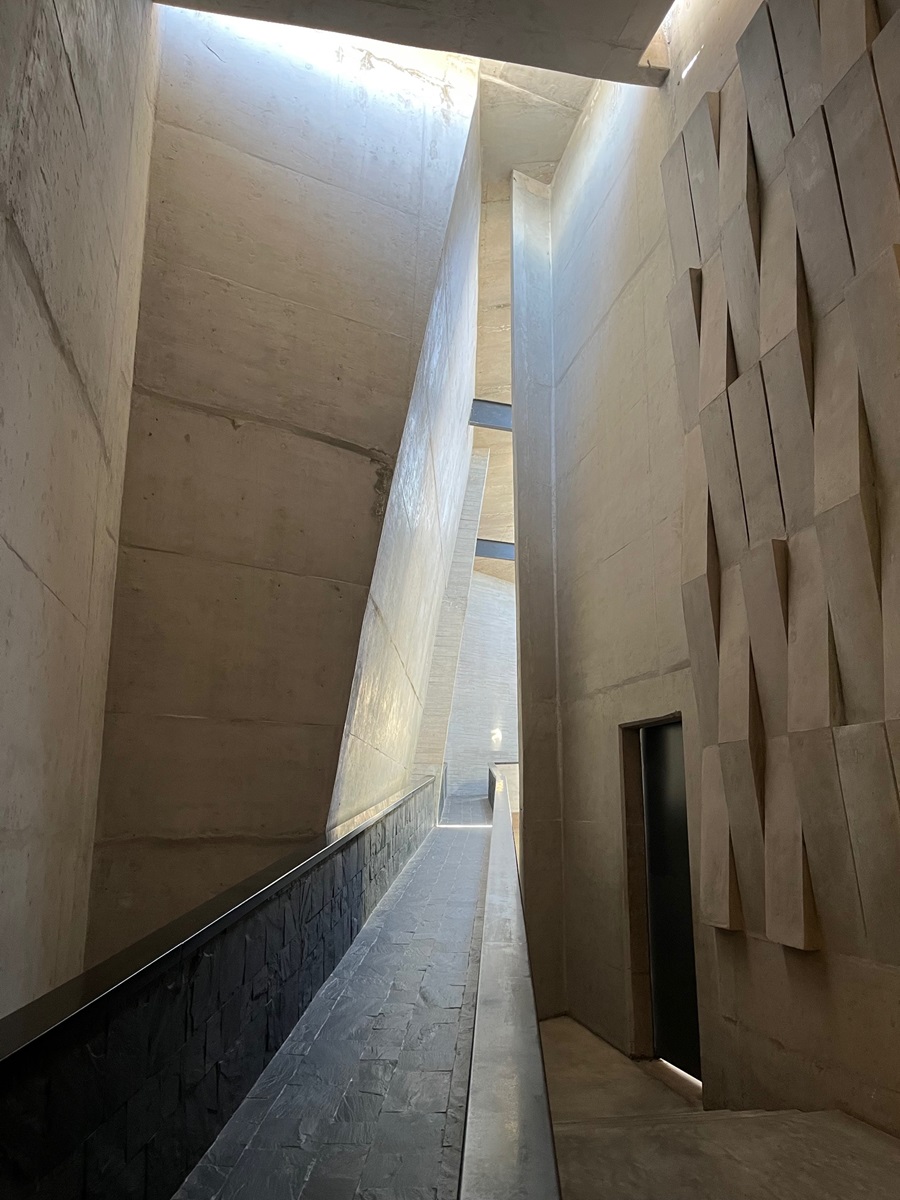
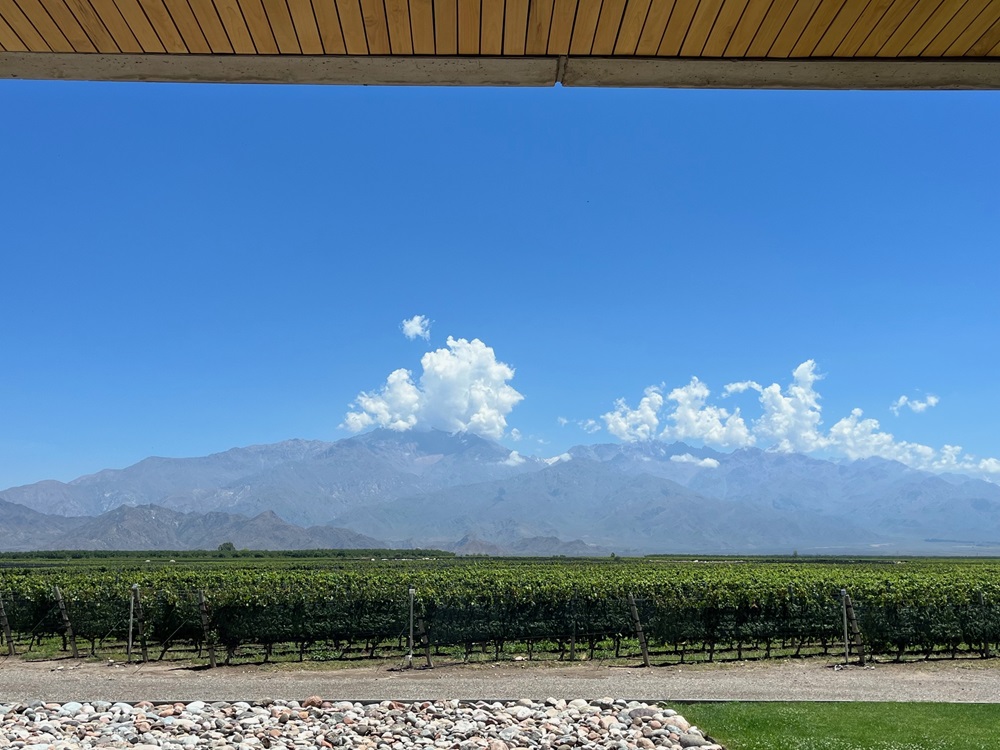
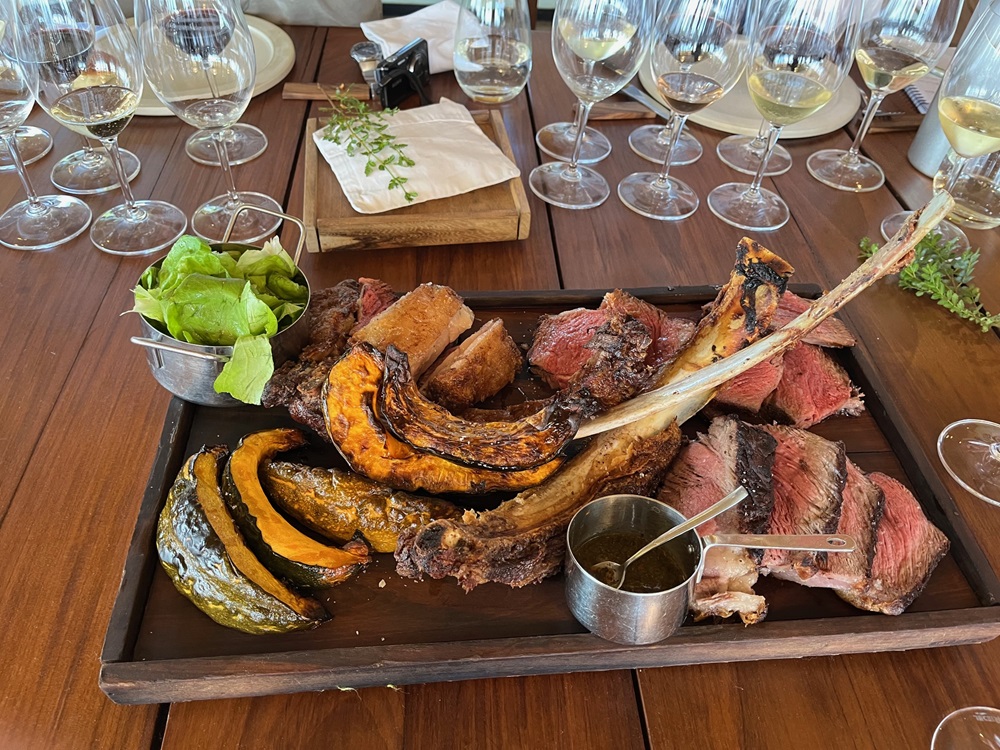

The other trailblazer to watch is Zuccardi, where the remarkably skilled Sebastian Zuccardi (above) makes arguably the best Malbec ever made, Piedra Infinita, from his spectacular new winery in San Carlos in southern Uco Valley (see images above).
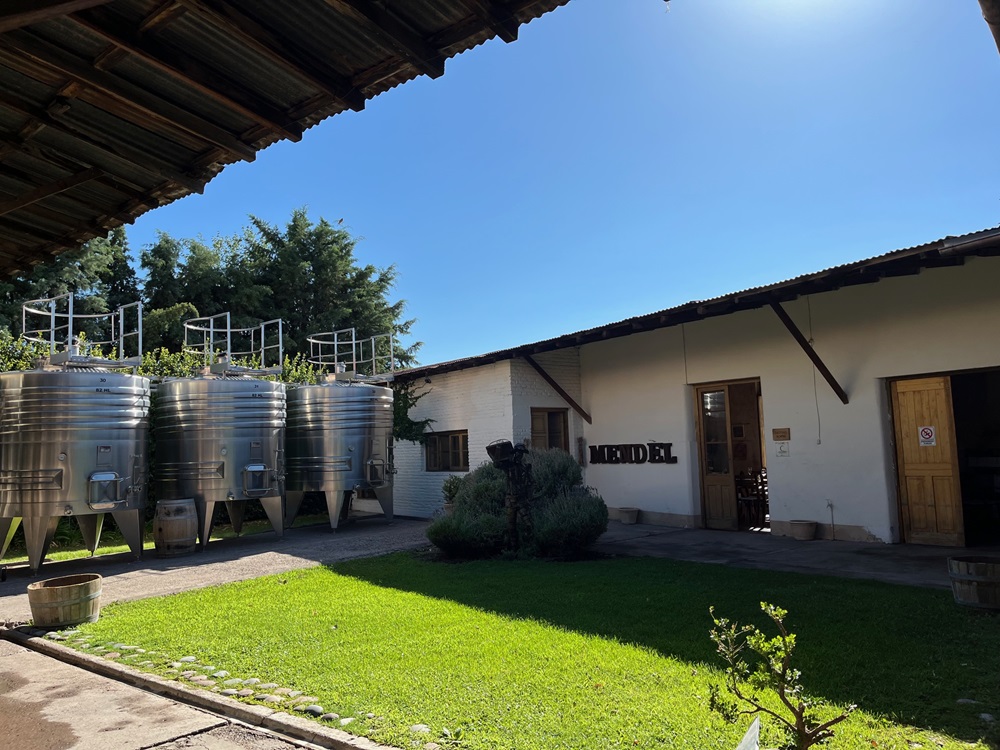
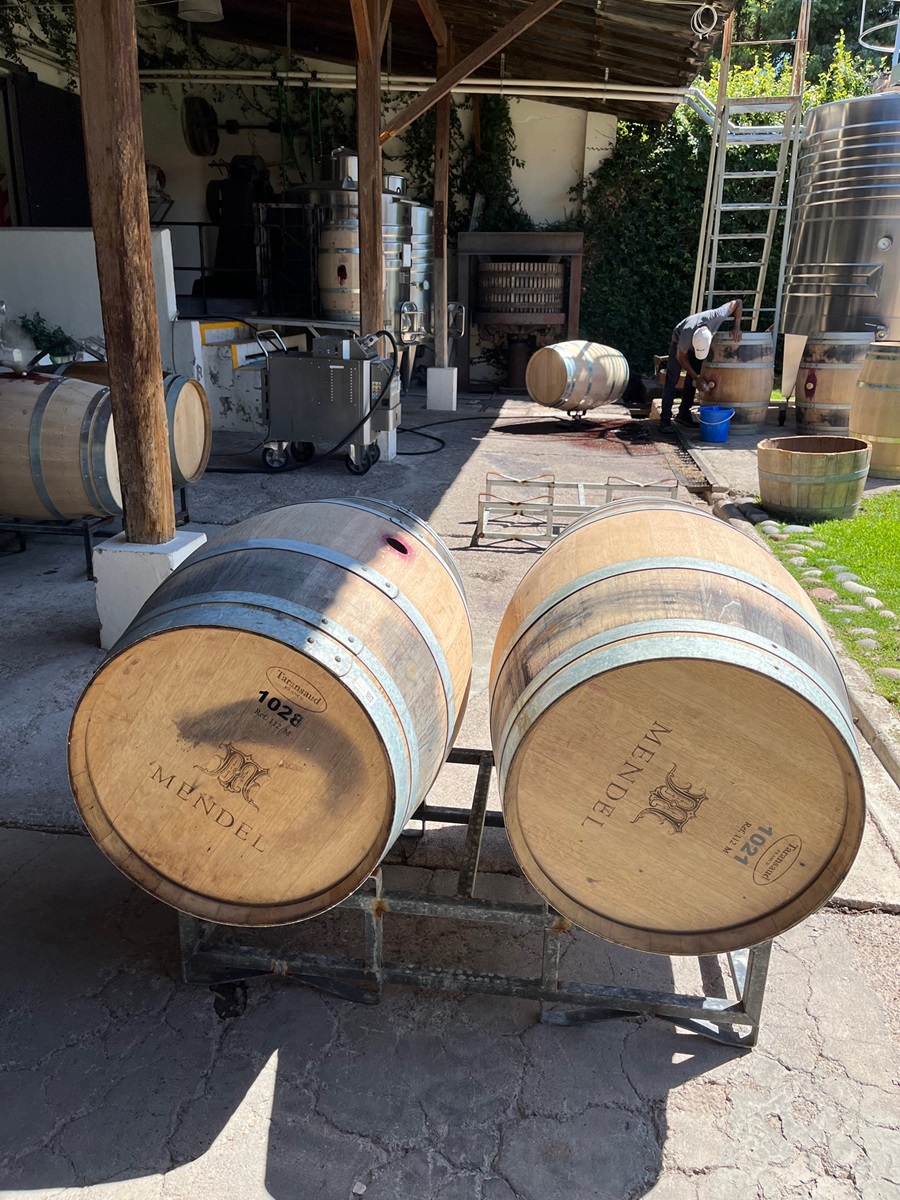
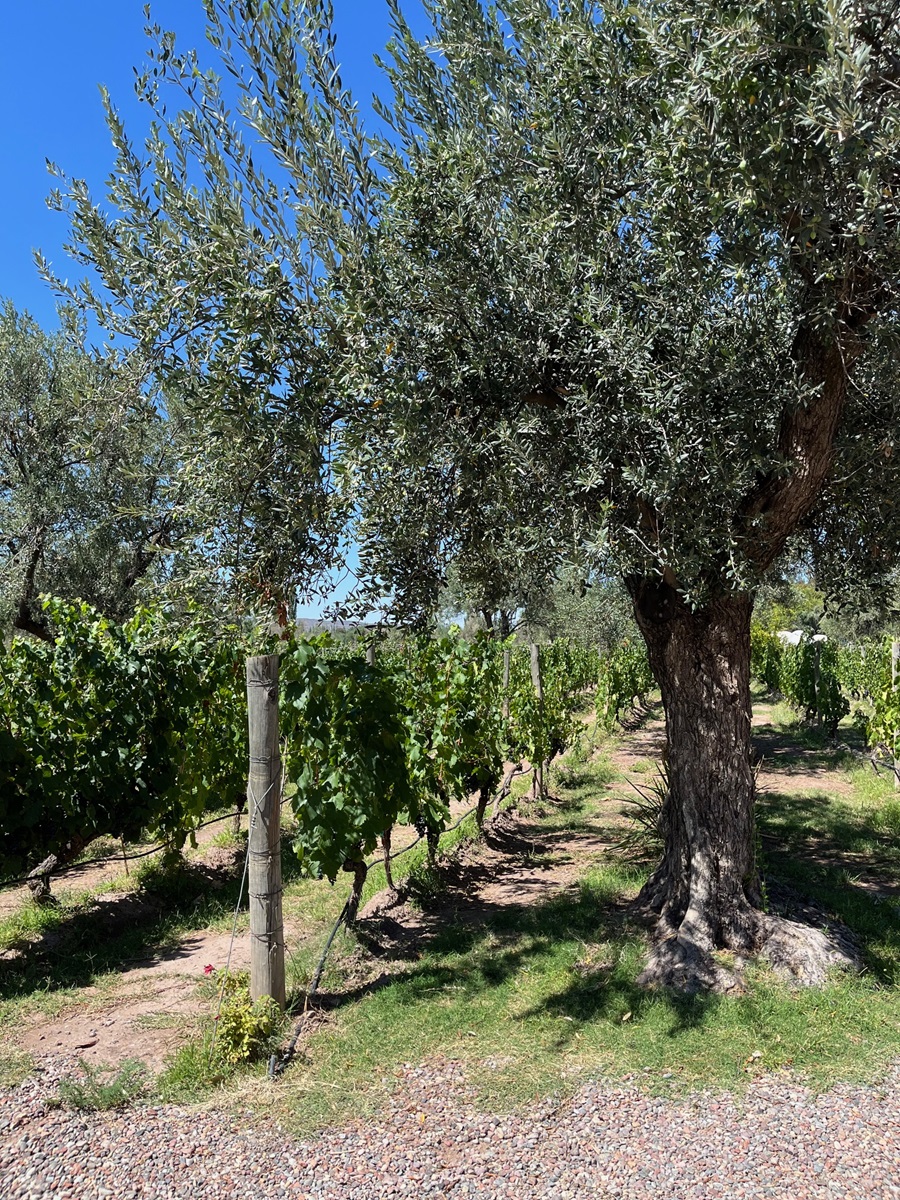
Others include Robert de la Mota at Mendel Wines (see above), Susanna Balbo of Susanna Balbo Wines, Hubert Weber of Weinert (see below) and Matias Michelini of Zorzal Wines to name a few.
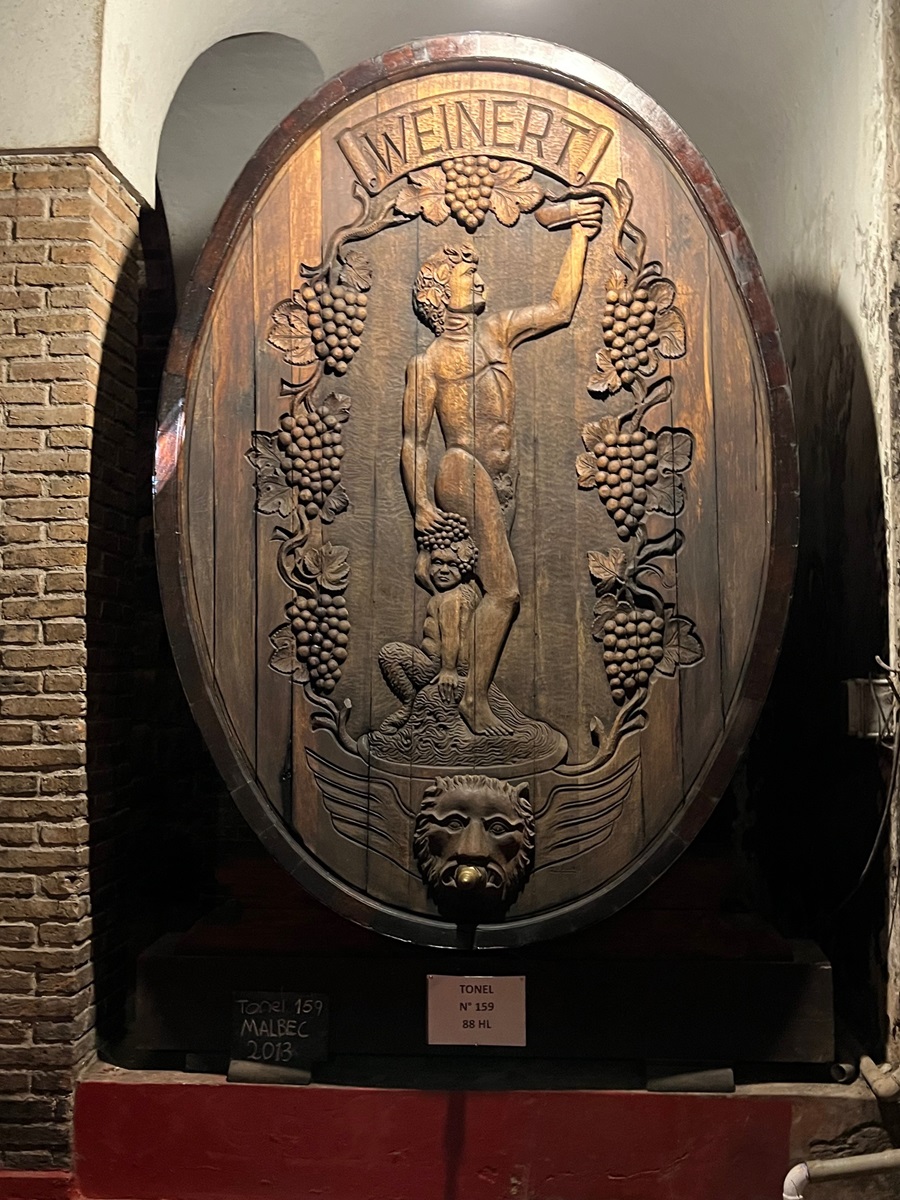
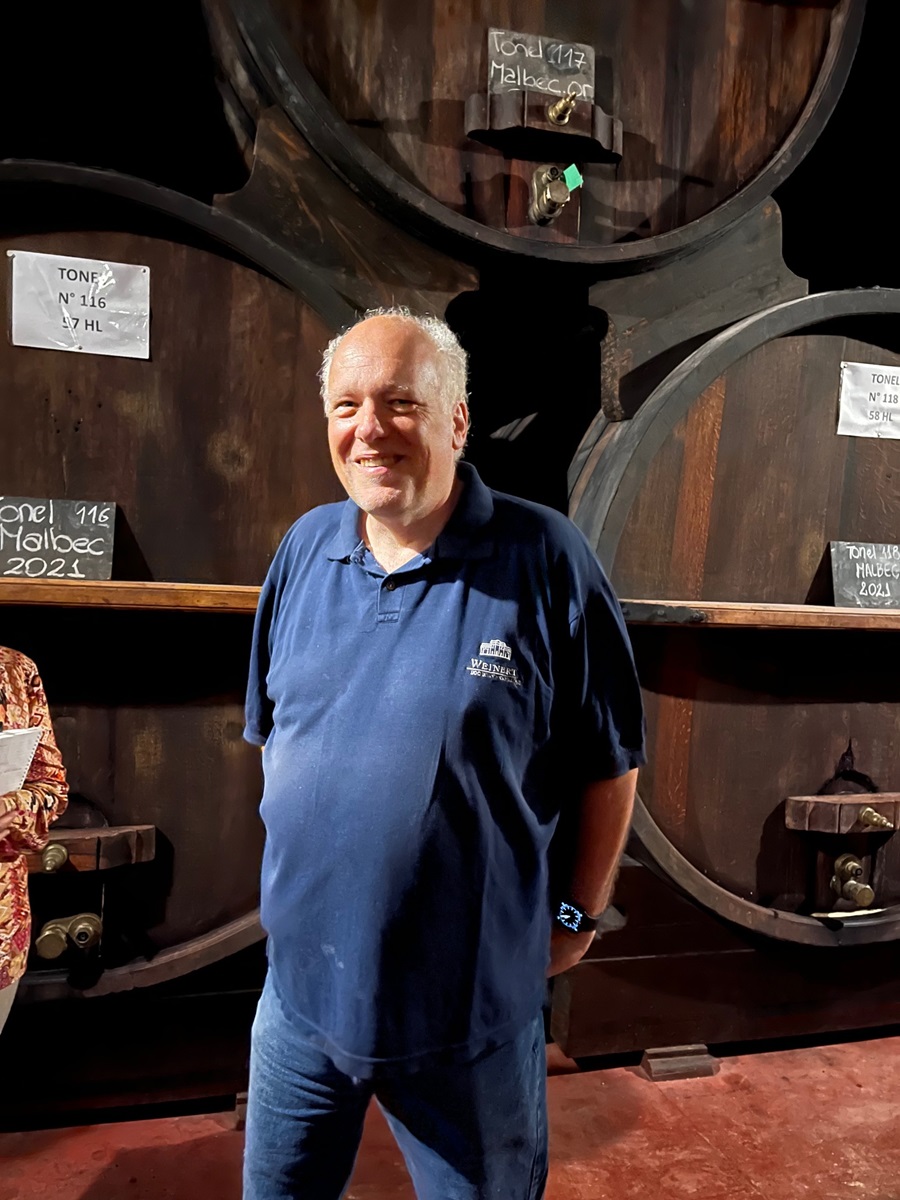
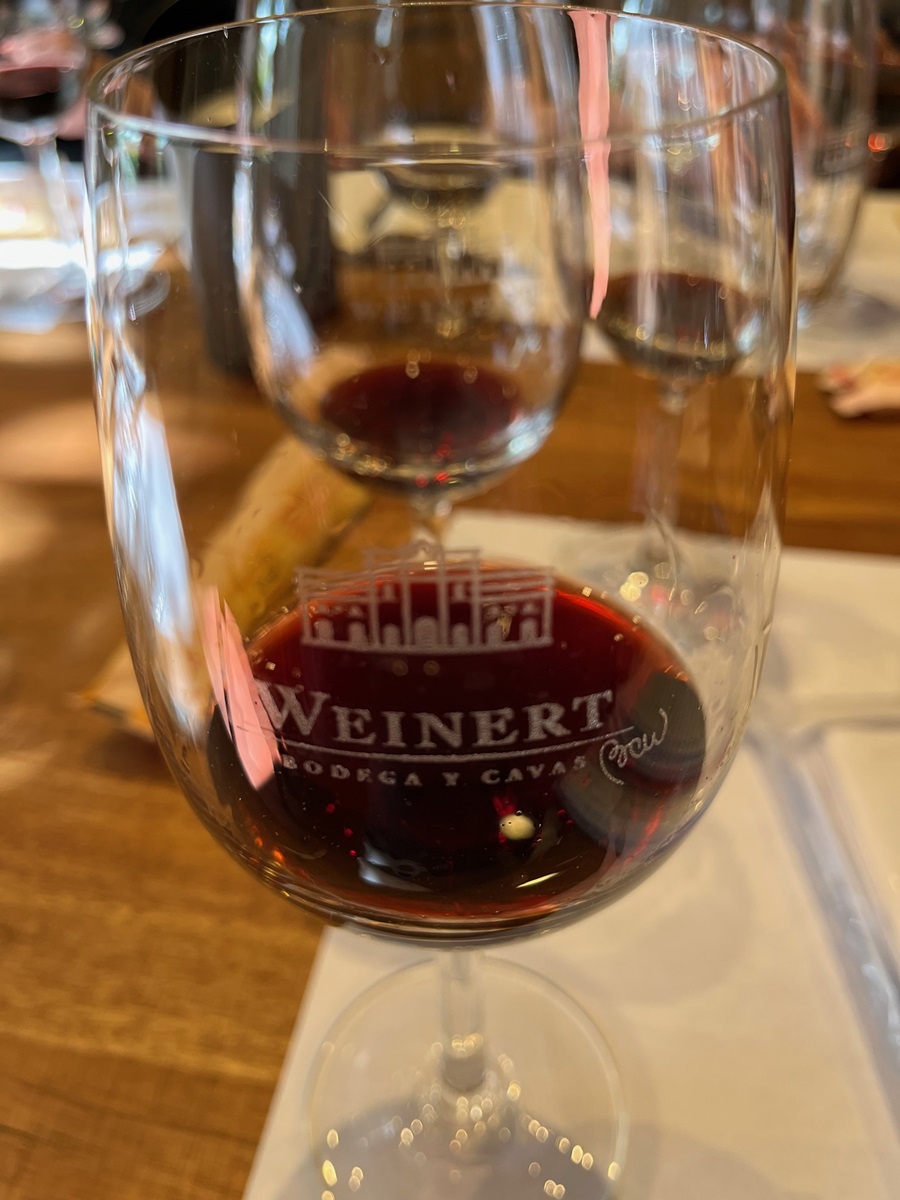
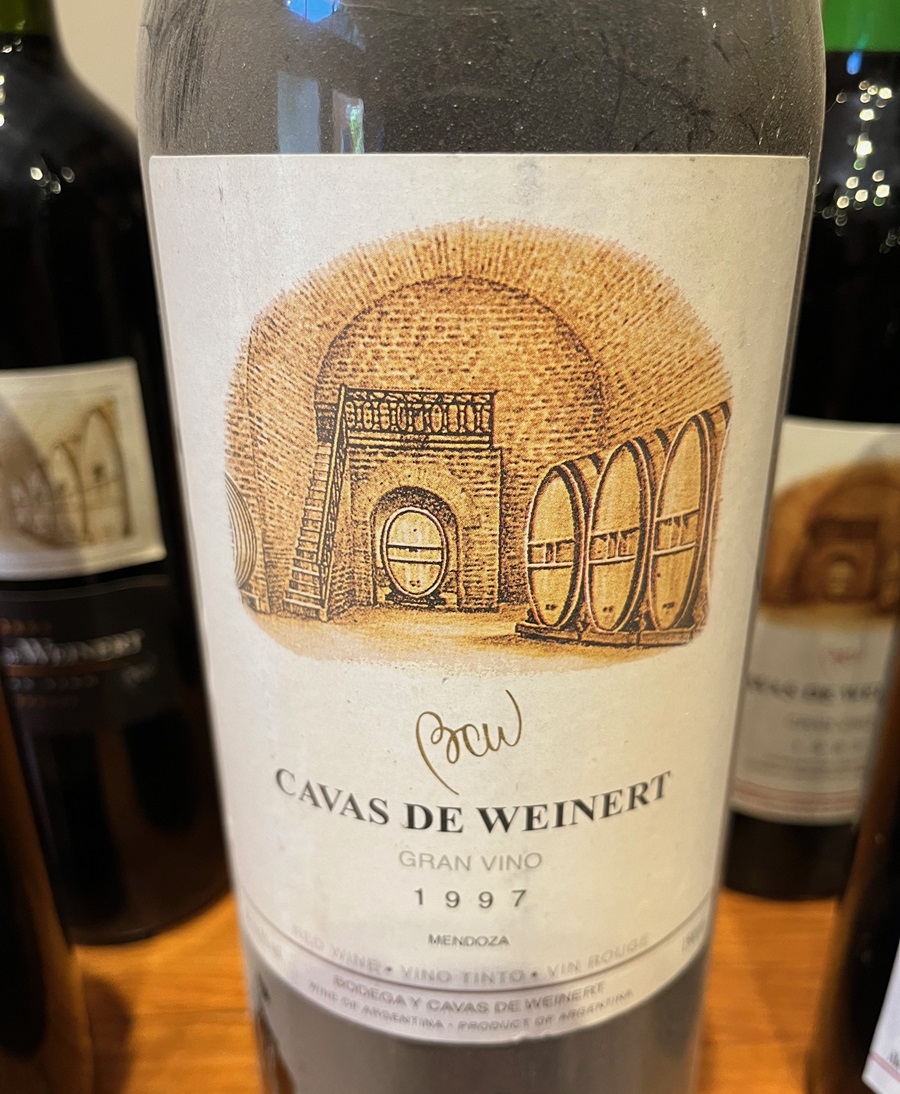
Winemakers are now armed with a greater understanding of the effects of altitude and their subzones. You can now see a clear distinction between the Malbecs of different areas. The traditional areas like Lujan de Cuyo at 700-900m give plum, tobacco and herbaceous notes and warm sunny low-lying Eastern Mendoza offers more immediate fruit forward ripeness. The Malbecs from the newer high altitude areas around Tupungato and Tununyan at 1000-1500m have more citric, floral, spicy and chocolate notes.
Subzone names within the Uco Valley are now appearing on labels – so Malbec lovers will need to get to grips with the differences between southern Altamira’s vibrancy and floral characters from its limestone soils, northern Gualtallary’s deep colour, tannin structure and potential for ageing (home of Catena’s Adrianna vineyard) and Vista Flores’ rich, depth and intensity.
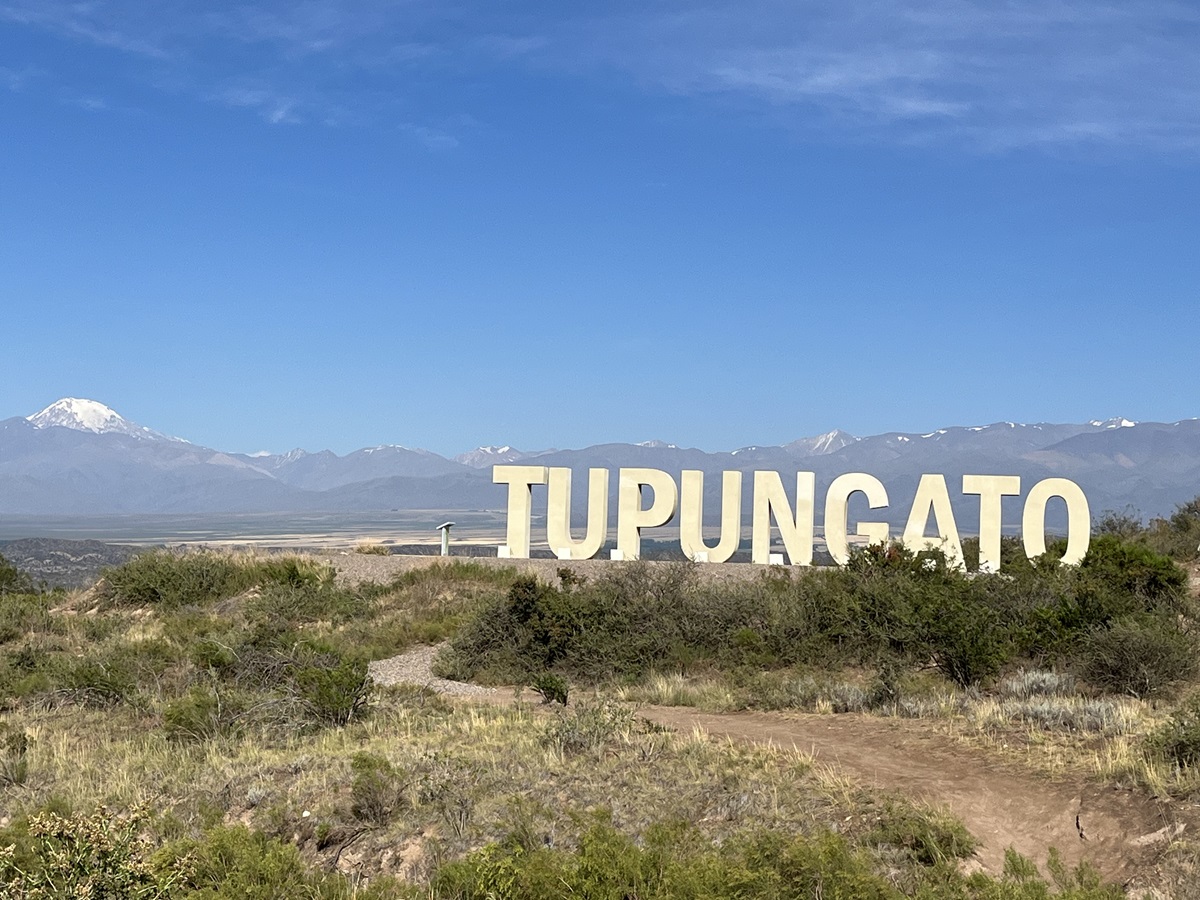
Visiting Mendoza last month I was struck by two things. Firstly, the dramatic expansion of Uco valley (pictured above), this high-altitude valley 80km southwest of Mendoza has become the epicentre of world class Malbec. Here diurnal temperatures retain acidity in the grape and intense sunlight intensity, particularly UV-B, increases phenolic and anthocyanins giving dark colours, richer mouthfeel and long ageing potential.
There have been vast changes in the landscape here since my first visit in early 1990s when there were only a few thousand hectares. Now all the big names are in Uco valley with nearly 30,000 hectares of plantings, with Malbec by far the most planted.
Secondly, I was interested to see how Argentina was facing its current challenges including viticultural threats like the phylloxera louse. With 90% of Argentinian Malbec direct planted, it poses a risk, but these ungrafted vines are highly sought-after by wineries.
Argentina is different from its neighbours Chile and Uruguay in terms of vintage variation. Whilst there is less vintage variability, the real risk in Mendoza is dealing with serious hailstorms and frost. Hail nets are expensive, but often a necessity, although some winemakers like Hubert Weber at Weinert do not like hail netting as he feels it reduces the sunlight onto the leaves and fruit essential for making quality tannins.
ARGENTINIAN WINES TO TRY:
DV TINTO HISTORICO MALBEC 2021 Catena
£11-£13 Sainsburys; Tesco; Asda
Malbec with a touch of Petit Verdot to add spice and Bonarda to soften; mellow from old oak ageing; bright damson fruit.
CARRASCAL CORTE TINTO 2019 Weinert
£12.50 The Wine Society
Weinert are masters in blending and oak ageing, this cedary smoky cuvee of Malbec, Cabernet Sauvignon and Merlot is grippy, earthy and characterful.
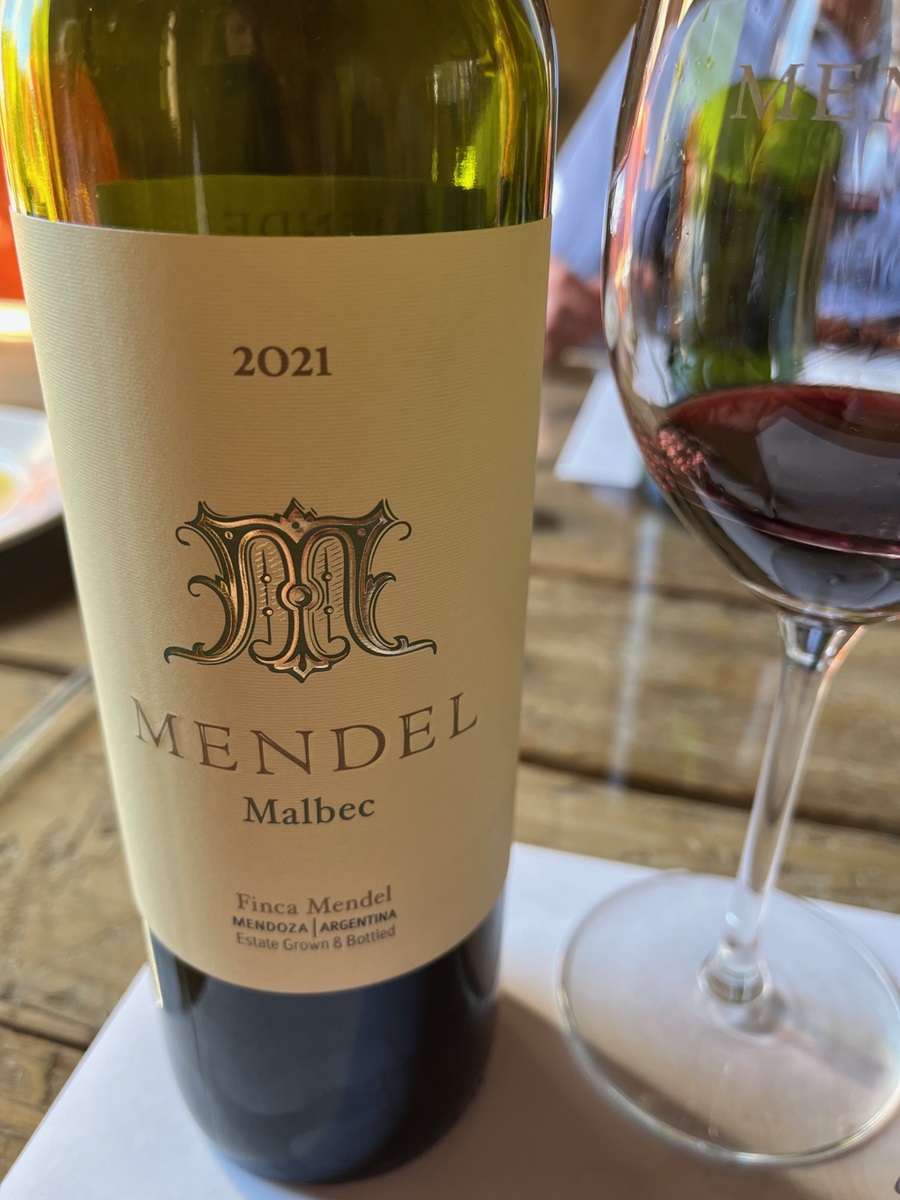
FINCA MENDEL MALBEC 2021 Mendel Wines ***STAR BUY***
£25 The Wine Society
From a small producer who deserves to be better known – this 100% Malbec has bright damson fruit, attractive restrained style with subtle 12 months oak ageing.
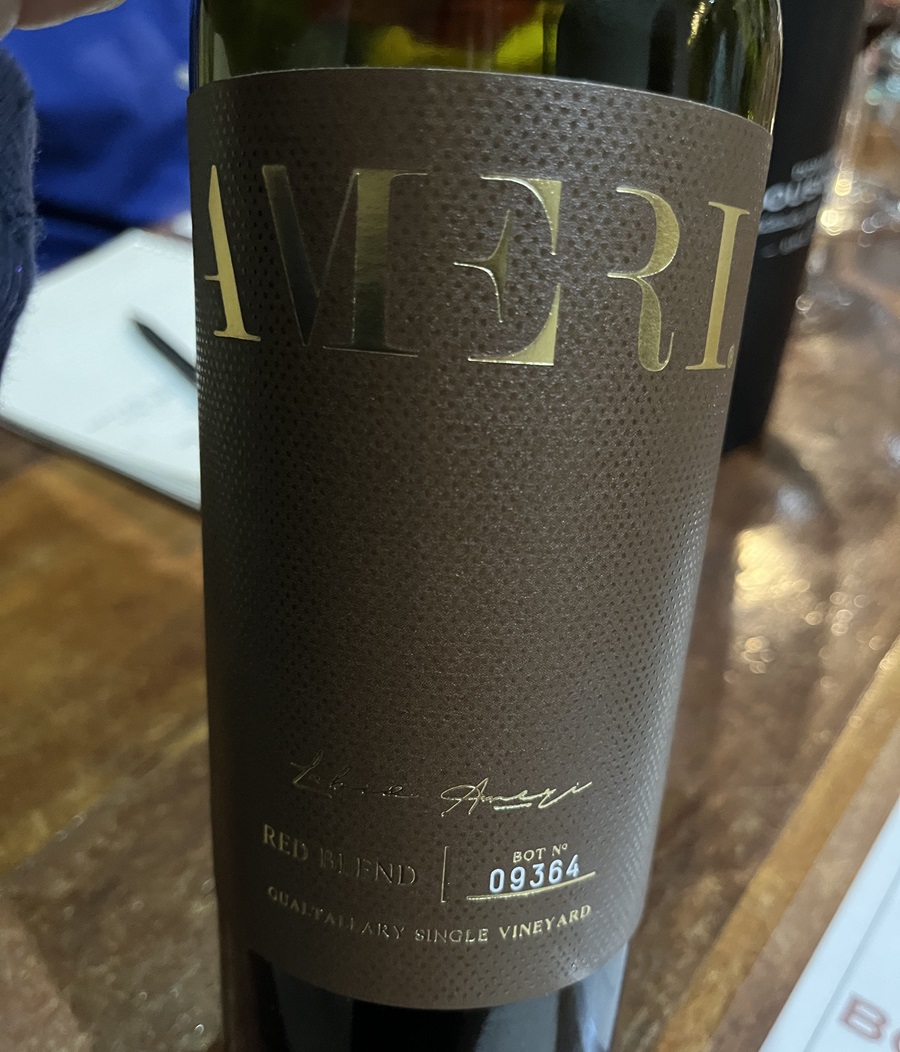
AMERI MALBEC 2021 Domaine Bousquet
£28 Vintage Roots
Flagship 100% Malbec of this organic and biodynamic specialists; smooth soft well rounded tannins.
ANGELICA ZAPATA MALBEC 2019 Catena
£29 Tesco
100% Malbec with rich juicy succulent fruits, soft velvety texture and good length.
NICOLAS CATENA ZAPATA 2020 Catena
£76 Berry Bros & Rudd
Cedary blackcurrant with spicy undertones; very elegant blend of Cabernet Sauvignon, Cabernet Franc and Malbec mostly from Adrianna vineyard.
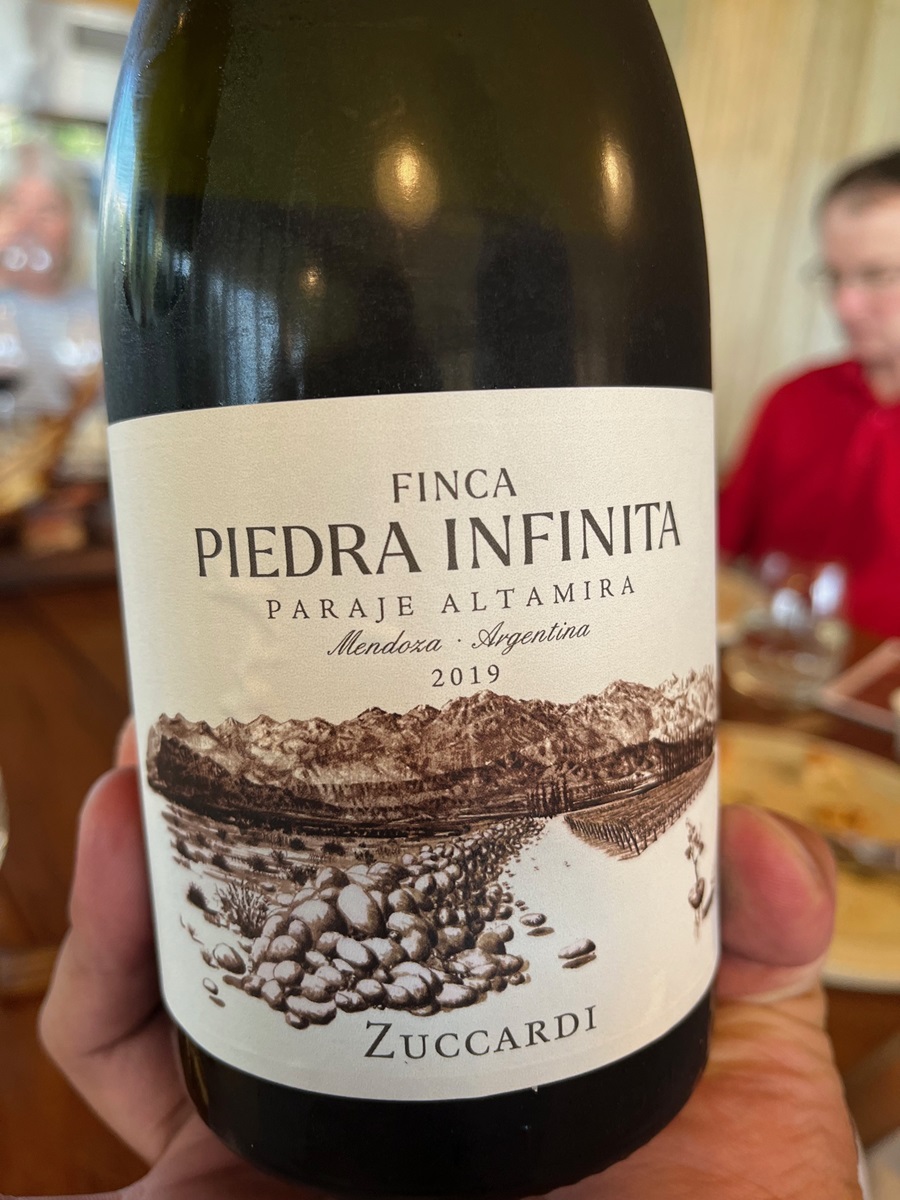
PIEDRA INFINITA 2016 Zuccardi ***STAR BUY***
£110 – £125 Field & Fawcett; Hedonism Wines; Noble Green; Berry Bros & Rudd (2019)
Incredible intensity, rich succulent fruit, extraordinary length – very impressive 100% Malbec.
Join Rose’s Fine French Classics Dinner at Prestonfield on 16 May www.rosemurraybrown.com
wine tastings
The perfect gift for the wine enthusiast in the family. Rose does In-person tastings too.
cellar advice
Rose does cellar valuations for private clients, valuations for insurers & bespoke portfolio management.
Related stories
March 31, 2024
By Rose Murray Brown MW Published in The Scotsman 30 March 2024 On 2 February 1659, the first wine made from grapes grown in South Africa was crafted by the Governor of the Cape, Jan van Riebeeck. He had planted vines four years earlier in the Company’s Garden near Cape Town from cuttings imported from France. Van Riebeeck’s first
March 24, 2024
By Rose Murray Brown MW Published in The Scotsman 16 March 2024 Heatwaves and bushfires were very much on the agenda when I visited Chile last month as winemakers prepared for their 2024 harvest in blistering heat and drought, with a plume of smoke from the devastating fires lingering over coastal hills. Heat and drought are the greatest challenges
March 3, 2024
By Rose Murray Brown MW Published in The Scotsman 2 March 2024 I am standing in a vineyard planted with Arneis, Nebbiolo, Dolcetto and Barbera. They might all be Italian grapes, but I am a very long way from their homeland in Piedmont. I am at Bodega Pablo Fallabrino, a small family estate in the cool coastal



